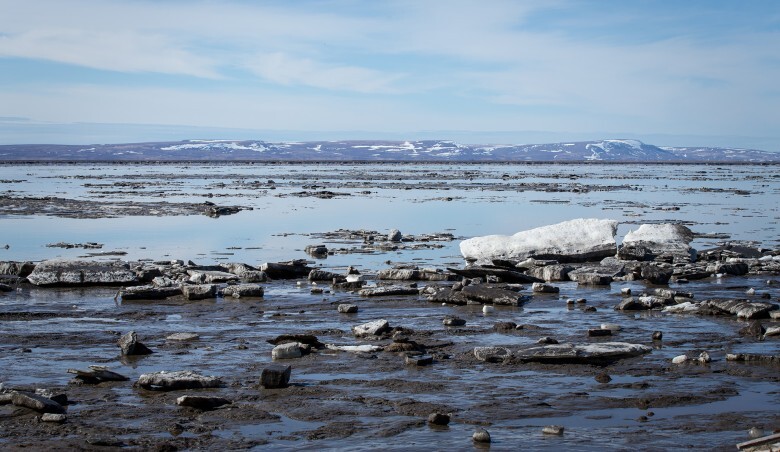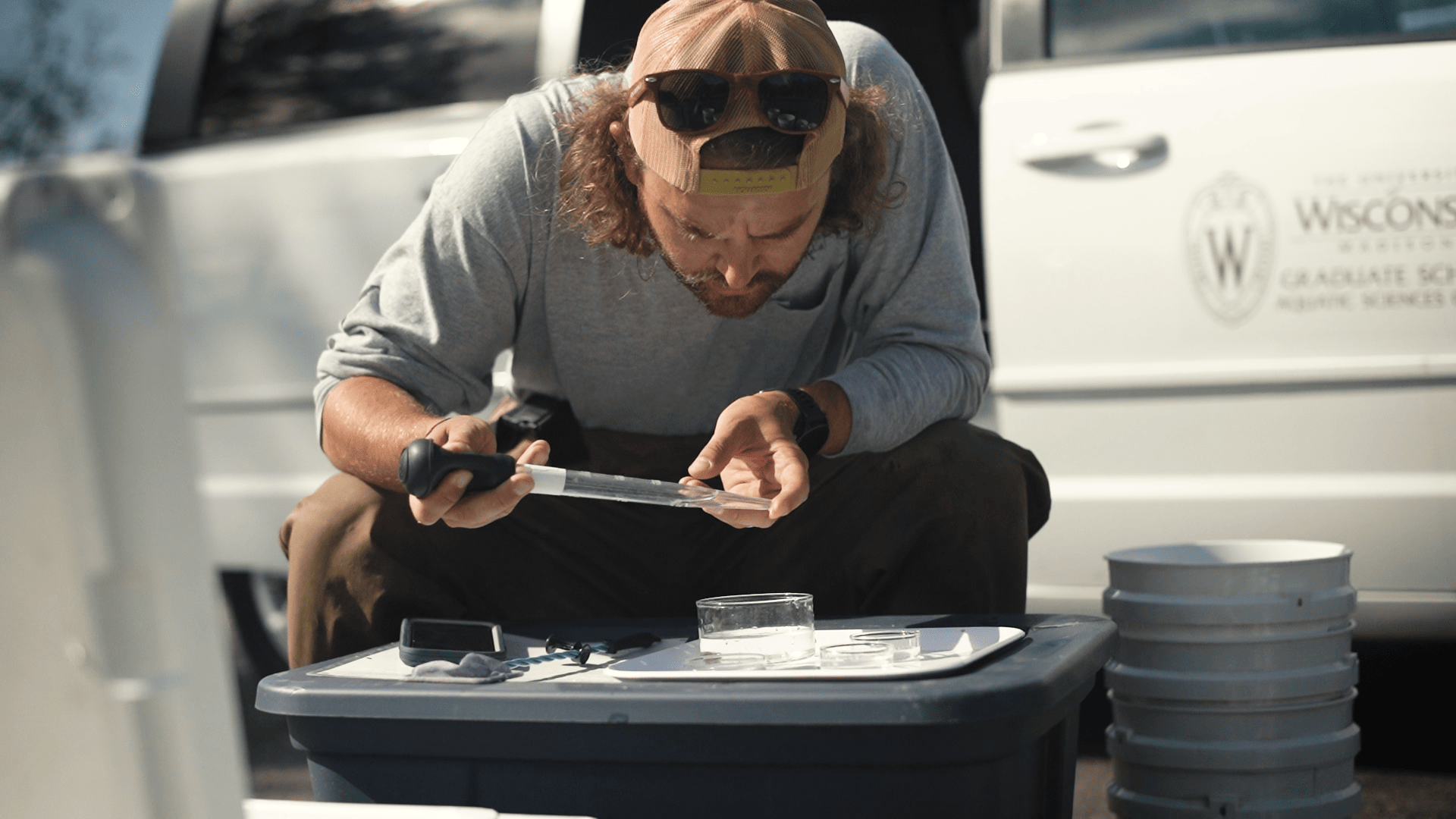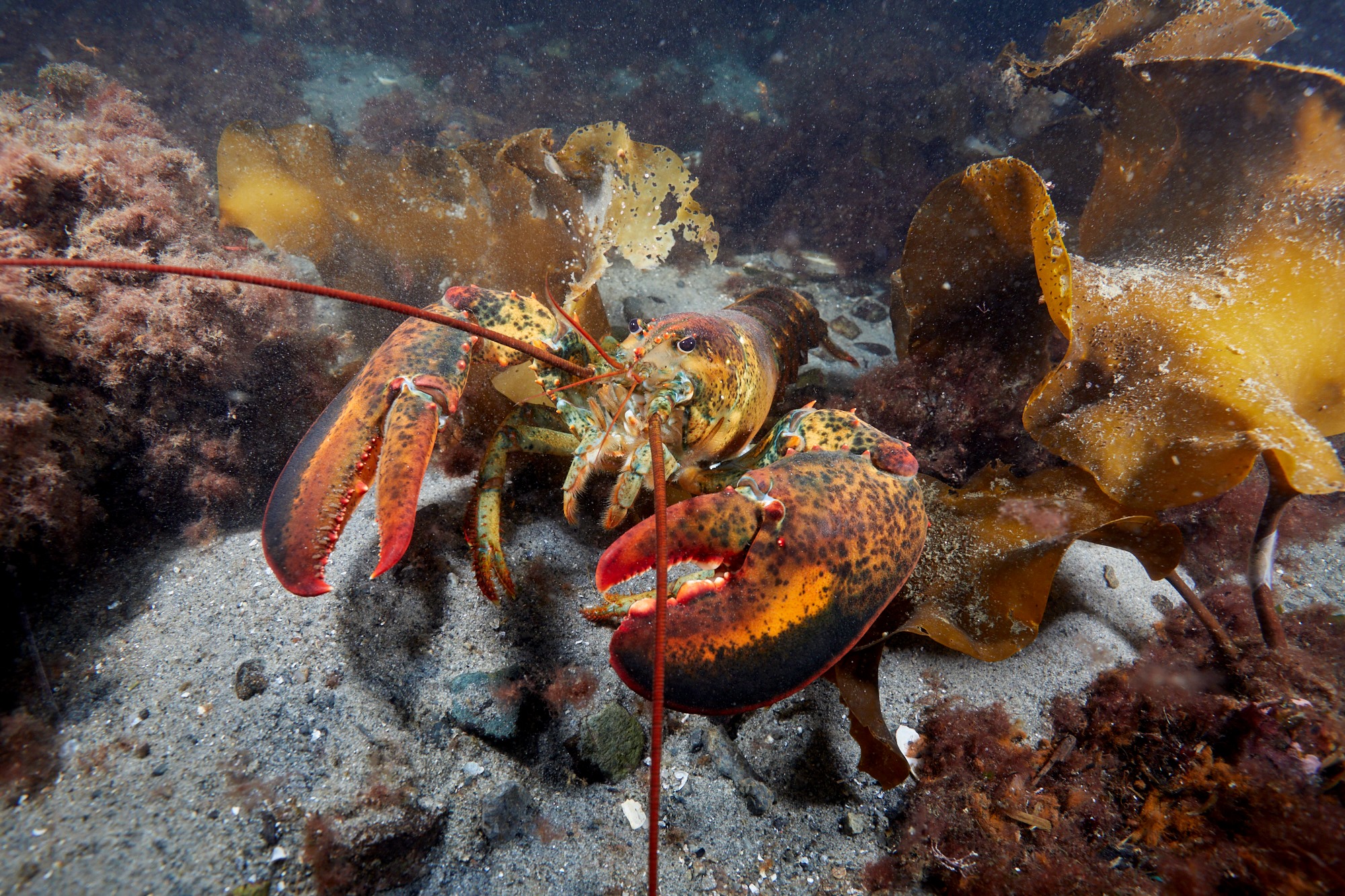By: Dana Morse, Maine Sea Grant
Maine’s problem with the invasive European green crab (Carcinus maenas) is not a new one, nor is the idea of finding a commercial use for them. It’s been a tough go for a long time; mostly because it has not been easy to find a market that will pay enough to make it worthwhile for a fisherman to gear up and fish a gang of traps. Recently though, there is a push to make green crabs attractive as a menu item, and I am glad to write that that there is a beam of light sneaking in through that cloudy scenario. The reason? Green crabs can be downright delicious.
To be more specific, we’re talking about soft-shelled green crab, similar to what you’d find with blue crabs down in the mid-Atlantic. Work led by Marissa McMahan, a Georgetown, Maine native and a PhD. candidate at Northeastern University, has taken this product further than anyone else in the state. Since she comes from a fishing family, her scientific and industry connections have been helpful, and the results to date have been quite tasty.
Her own introduction into the topic came courtesy of Jonathan Taggart, also a Georgetown citizen. He discovered fried green crabs at a restaurant in Venice, Italy, and brought the idea to Marissa. Venice is the center of the Italian soft-shell crab trade, and they have a very closely-related species of green crab, Carcinus estuarii. A key in the Italian industry is that Venetian fishermen have identified visible indicators that precede shedding – a fisherman can look at an individual crab and know to a fine degree how soon that crab will molt. This key step has been known for blue crabs in the U.S. for many years, but is only now being understood for green crabs.
Over the past couple of years – and with Taggart’s connections with the industry in Italy – McMahan has collaborated with Italian fishermen to figure out those molt indicators in C. maenas. They have hosted Italian fishermen in Maine, and she recently traveled to Venice to see how things work over there. The resulting information exchange has allowed McMahan and her collaborators to get good at separating out the near-shedders; referred to as ‘peelers’ in the Chesapeake blue crab fishery.
As the crab sheds, it swaps out its gill and digestive systems, old for new. If the crab is taken out of the water within 12 hours of molting, the new shell is still very soft and the new tissues have not developed enough to be objectionable or off-tasting; one eats literally the whole thing.
Her work of late has focused on products, and connections with chefs; and on July 25th she held a small get-together at Enoteca Athena in Brunswick, where she has worked with Chef Tim O’Brien. The crabs were wrapped in Speck (a juniper-flavored type of ham, reminiscent of really intense bacon), lightly battered and then deep-fried, with lemon-aioli as a light spread. It’s not that what we were eating was good because of the novelty of it and that we were all supporting Marissa’s work – it’s that they were good because they were GOOD. The crabs had a light flavor, fresh and well…crab-tasting – and a nice crunch. With just a few bites, it was very easy to see how the product itself would sit quite well on a menu as they were, and just as easy to speculate how other ways to eat green crab could come forward. My first thought was a roll or sandwich – not exactly a new thought since that already exists with blue crabs – but something I’d happily pay for at my local restaurant or lobster shack.
All this to say a thanks and congratulations to Marissa and all the people she’s worked with (her dad and boyfriend are both fishermen as well), and with hopes to see more green crabs on the menu in Maine and elsewhere, because frankly I’m ready to order them again.
Similar efforts to understand and control the extent of the green crab invasion in the Northeast and Pacific Northwest are also being led by the New Hampshire, Washington, and Oregon Sea Grant programs.


